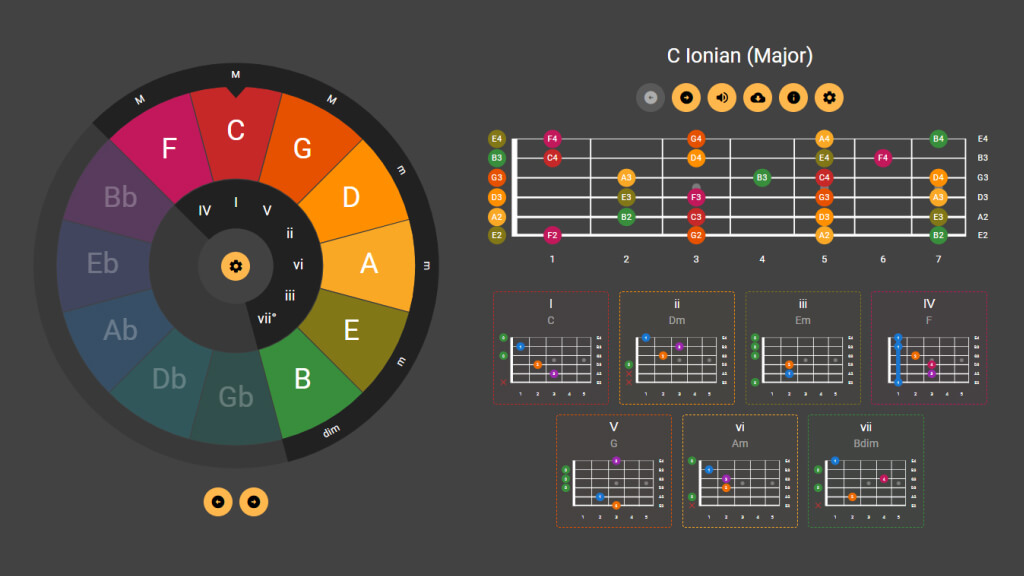Formula and Structure of the Baug Chord
Interval formula from the root note: 1 — 3 — #5. The chord consists of the following notes:
- B — unison and the main tonal anchor.
- Eb — major third with a bright major quality and clear stability above the tonic.
- G — augmented fifth, driving motion forward and best avoided in the bass.
Together, these notes form the harmonic foundation of the Baug chord, defining its sound and role in the musical context.
Alternative Names for the Baug Chord
This chord may appear under different names:
- Baug5
- B+
- B+5
All variants refer to the same harmonic structure.
Using the Baug Chord
Place the #5 in the top voice to emphasize forward motion. Use in passing chords or when preparing modulation. Can be applied for a “color” dominant before resolution.
Conclusion
Baug is an expressive and versatile chord. Learn several fingerings, experiment with different positions and voice spacing, then try weaving it into your own playing — this will help you quickly find your unique tone.













